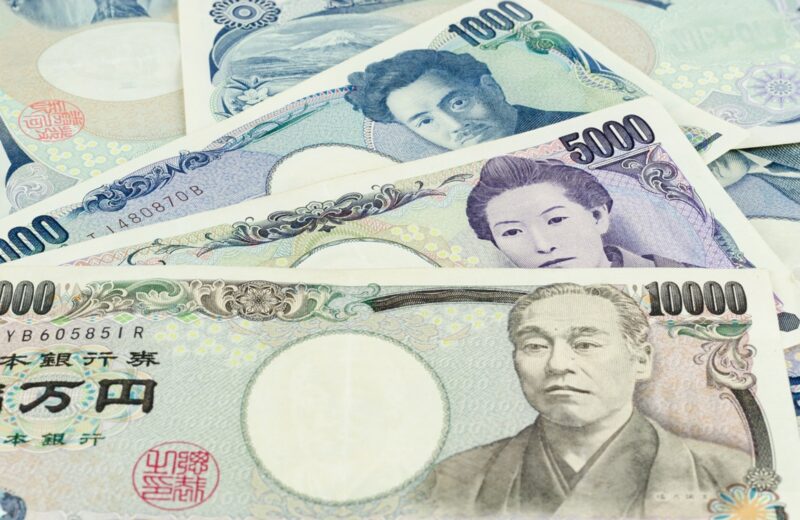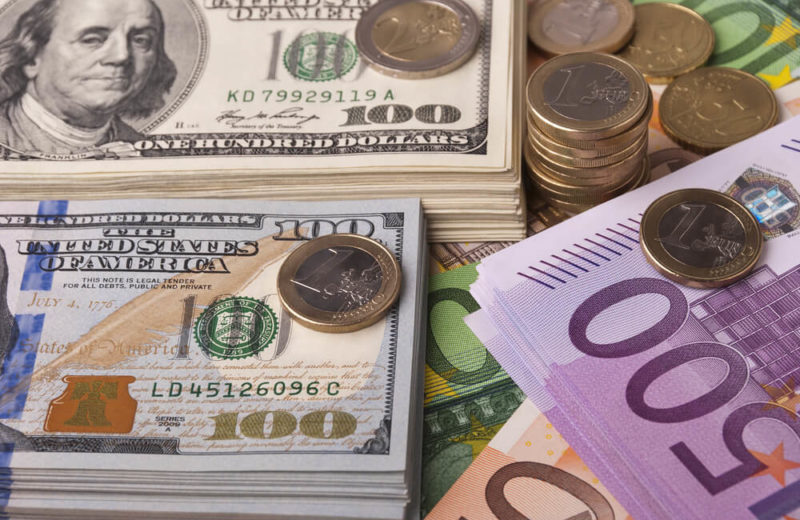During an interim trade deal, China and the United States struck last week. So, significant currencies saw limited moves as investors sought more details about it. The deal supported risk-sensitive currencies and has broadly capped the yen and other safe-haven currencies.
The dollar traded against the yen at 109.56-yen JPY=, up 0.05% from late U.S. levels. On Monday, the dollar gained 0.15% to edge near six months high of 109.73 hits on December 2.
Against the dollar, the euro stood at $1.1147 EUR=. It maintained its uptrend from its seven-week low of $1.1098 touched on November 29.
It followed after more than two-and-a-half years of volatile negotiations between Beijing and Washington. The deal published on Friday will reduce some U.S. tariffs imposed on Chinese goods in exchange for increased Chinese purchases of U.S. goods.
Joint General Manager of Trading at Sumitomo Mitsui Bank, Masaru Ishibashi, said that there is no skepticism concerning the deal. The deal will most likely lift corporate sentiment. We are likely to see a gradual rise in risk assets, even though we may not see lively market moves in the next couple of weeks.
The Dollar

Some evolving currencies of the market are already starting to price that.
Against per dollar, the Mexican peso rose to a five-month high of 19.921 MXN=D3. It happened partly because of the new trade deal signed between Canada and the United States last week. It is set to replace the 1994 NAFTA (North American Free Trade Agreement).
The United States economic data underpinned the improved attitude around the global economy.
The data published on Monday said that the United States economy is remaining robust.
Today the pound dropped against dollar 0.7% to $1.3236 GBP=D4.
Boris Johnson, the UK Prime Minister, revised the Withdrawal Agreement bill. The bill requires the United Kingdom to arrange its departure from the European Union by 31 December 2020.














